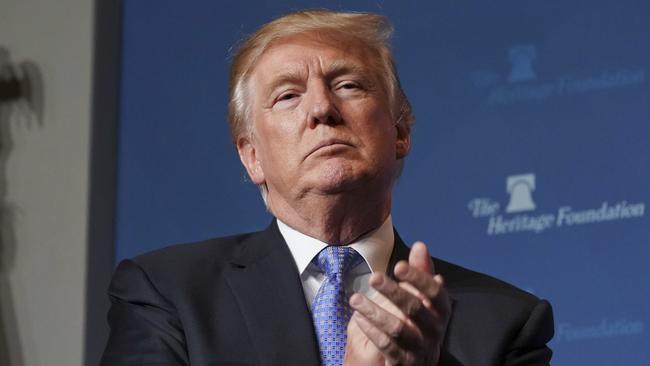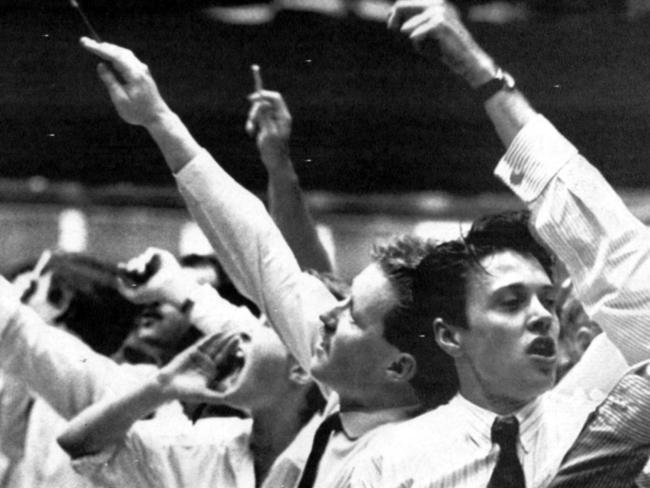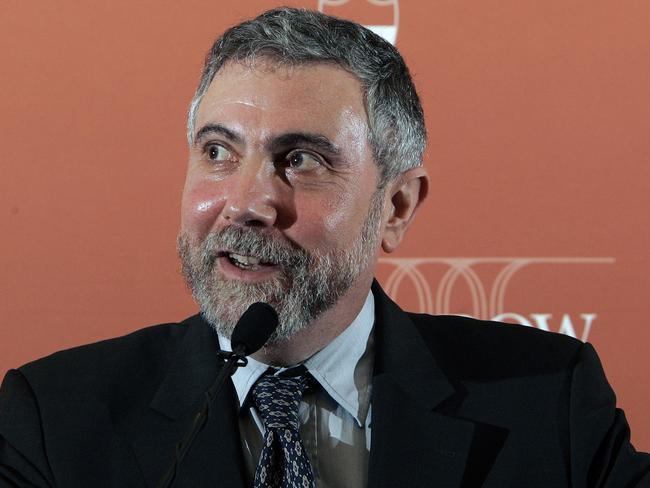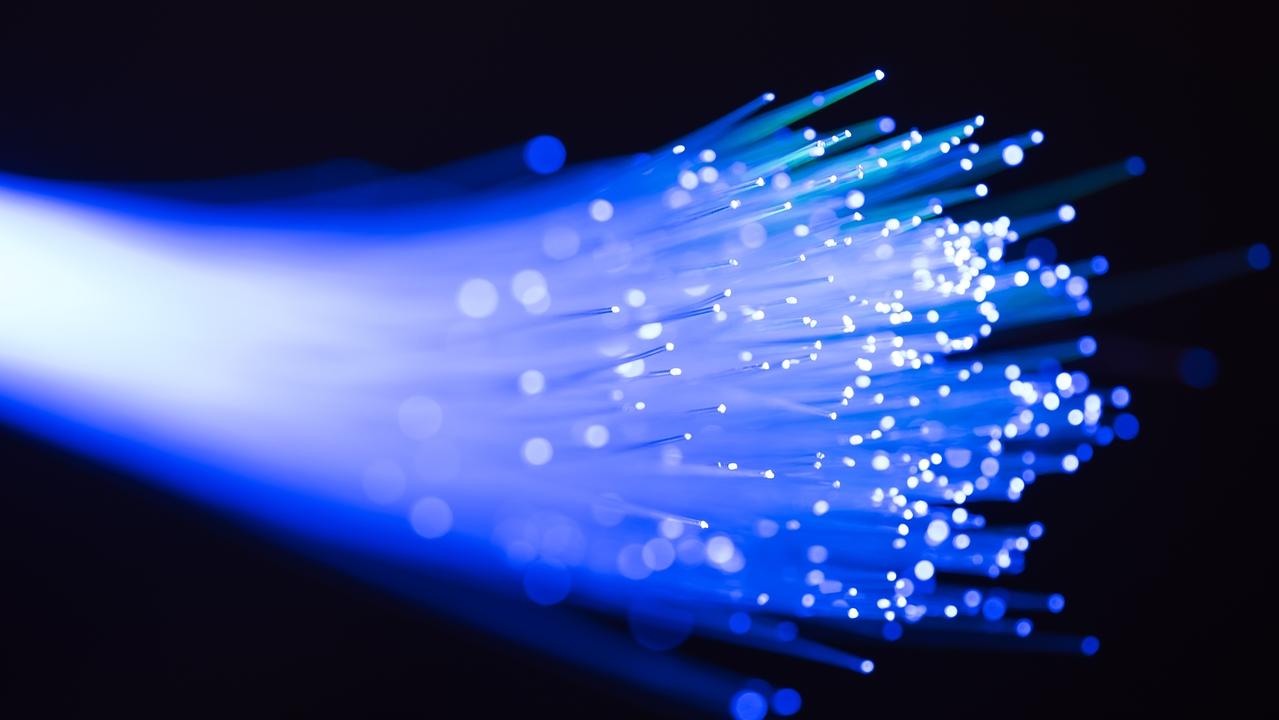Terry McCrann: Thank Donald Trump for your $10K
DONALD Trump has added more than $200 billion to the value of the Australian share market. Most of that has flowed into your superannuation, writes Terry McCrann.

Terry McCrann
Don't miss out on the headlines from Terry McCrann. Followed categories will be added to My News.
DONALD Trump has added more than $200 billion to the value of the Australian share market. Most of that has flowed into your superannuation.
And to stress, that’s billion — or something over $10,000 on average to every superannuation balance.
Although obviously, some have benefited more than most.
These numbers though pale into insignificance compared with what he’s done for Wall St and for US investors. There, his election just under a year ago has added over $US7 trillion to share values.
And yes, in that case it is trillion, and that translates to more than $9 trillion — more than $9000 billion — of our Down Under dollars.
The increase alone is equal to five times the entire value of all the listed shares on the Australia market — the big banks, BHP and Rio Tinto, the big retailers, Telstra, the property trusts, the lot.
Add on the similar, if nowhere near as spectacular, rises that have followed in Europe, in Japan, in Hong Kong and China, and global share values have increased by probably as much as $14-15 trillion.
That’s wealth that simply did not exist a year ago. Does it really exist today? Is it real or an inflated bubble?
Now, it is at least interesting — I would not go to the next stage of saying “ominous” — that this is happening in the same week we reached the 30th anniversary of the 1987 global stock market crash, which I wrote about last week.
That was the biggest crash ever. In a single day, more than 20 per cent of the value of all the shares on all the stock markets in the world just evaporated.

For that to be repeated today, “all” that would need to happen is for all the increases of the past year to be reversed.
On the one hand that would seem devastating; but would it? If we “just” went back to the position as it was on November 8, 2016?
Further, as it turned out, of course, the 1987 crash had nowhere near the devastating consequences that were feared, as we woke up in that ominous Down Under dawn.
Far less what had followed the Great Crash of 1929: a decade-long global depression.
Borrowing from what Tolstoy wrote about unhappy families, we have to remember that all crashes are different.
Now, I’m certainly not predicting another one any time soon (absent some catastrophic left-field event).
Nor am I saying “this time it’s different” and that there won’t ever be another crash — always the last refuge of the (usually over-geared, overlong) eternally optimistic investor.
Just, more simply, that you have to analyse the circumstances leading to a crash — or the potential for a crash — very carefully: the economic, the business, the financial, the structural, the political and the geopolitical.
And you have to understand the drivers of the rise and rise of the market.
In this case it was the extraordinary optimism — expectation, might be a more neutral word — unleashed by Trump’s win.
But absolutely critically — and this has tended to get lost in much of the discussion — the way that optimism sparked off the extraordinary liquidity and zero interest rates that all the major central banks, led by the US Fed, had pumped into global financial markets.
It was like a hydrogen-charged investment atmosphere just waiting for a spark, and Trump was that spark.
Which, to digress, just goes to show how utterly unknowing so-called “experts” can be. All those investment “experts” around the world who sent global share prices plunging, back last November, when it became obvious that Trump was going to win and while Wall St itself was closed on election night.

The standout was US crazy Paul Krugman, who really should get the Nobel prize for stupidity. Asked back then when markets would recover, he responded “never”.
Well, $9 trillion, and counting, later — $15 trillion if you add the rest of the world — once again we see the wisdom of the advice to “never say never”.
There are now two very big cautions, especially for us.
First is the general one: we have only gone up around
12 per cent since Trump won (Wall St is more than double that) because Wall St has dragged us up.
We are totally, and I mean totally, hostage to what Wall St now does. And Wall St not falling is totally hostage to what the Fed does with US rates and how what it does impacts.
I used “falling” deliberately — because Wall St’s further upside will be driven by the success, or otherwise, of Trump’s big tax-cutting plans.
He gets his big tax cuts, the market will go higher. But it will also mean we will get those Fed rate hikes. At some point there will be a collision.
The second Australia-specific concern is that our market can’t justify these levels; it can’t really justify going.
It’s all held up by Wall St.
Every day, Tuesday to Saturday, it will be “interesting” waking up.



